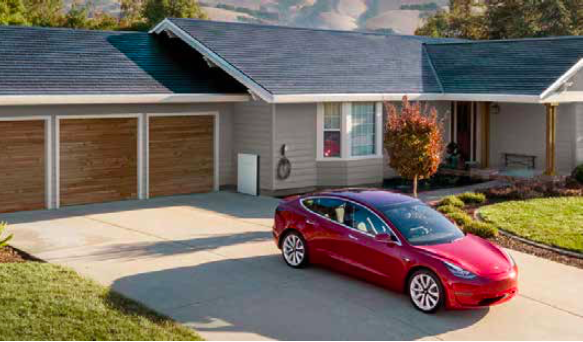Our tech guy Colin Moors takes a shower, finds a nest and recharges his batteries in a walk around green power.
Unless you have been living in a cave for a few years, or are the 45th President of the United States, you’ll no doubt be fully appraised of the situation with climate change and the worrying effects of carbon emissions on the planet. Many people are now actively choosing to do their bit to mitigate the use of fossil fuels and change the way they do things in the hope of a more sustainable planet.
Technology can help in surprising and varied ways in reducing your carbon
footprint. Even the most obvious examples of green power may have escaped your notice. For example, most DIY retailers (and others) sell rechargeable batteries that use solar power. Don’t worry about this being Belgium, the sun doesn’t have to be visible in order for the charger to work. Most of the standard chargers will charge 6 to 8 AA or AAA batteries and will cost you around €25. Good for around 1,000 charges, the initial outlay may seem pricey but the return on your investment – and the zero carbon and minimal pollution – will make you feel better financially and morally in no time.
What else can you do to improve your energy usage? Quite a bit – and don’t forget that most of these energy saving tips will save you money, so it really is a no-lose situation. One of my favourites, as a person who would live in the shower if possible, is the low-flow shower technology. Gone are the days when low flow meant you had to run around in the shower in order to get wet. These days, the heads are designed to fire water at you as if it were under pressure, giving you that ‘power shower’ feeling, even from a much lower water throughput. What has all this got to do with energy? Obviously, if you’re heating water for a shower, the less you use, the less will need re-heating in the water tank. Most domestic showers will use around 8 litres of water per minute, meaning around 40-50 litres would be used in the average shower. Low flow nozzles use around 2 litres per minute. OK, I know it’s not technically tech- based but it’s too good to leave out.
Back to actual tech now with some smart connected home stuff. It may also interest you
to know that many of these devices can be coordinated via the app If This Then That (IFTTT), which we looked at in last month’s issue. First and foremost, an honourable mention goes to intelligent thermostats. Many electricity companies around Europe now give you the option of a thermostat that will react to various inputs other than mere temperature, or you can buy yourself one off the shelf at many big electrical stores. For the sake of this piece, I’ll be concentrating on the Nest from Google, simply because it has the biggest range of features and has the most advanced artificial intelligence. Bear in mind that they are quite expensive (around €300, with extra sensors at around €25) but they will “pay for themselves in 2 years”, if you’re inclined to believe the sales pitch of Google. Either way, energy gets saved, so you can feel good about that.







